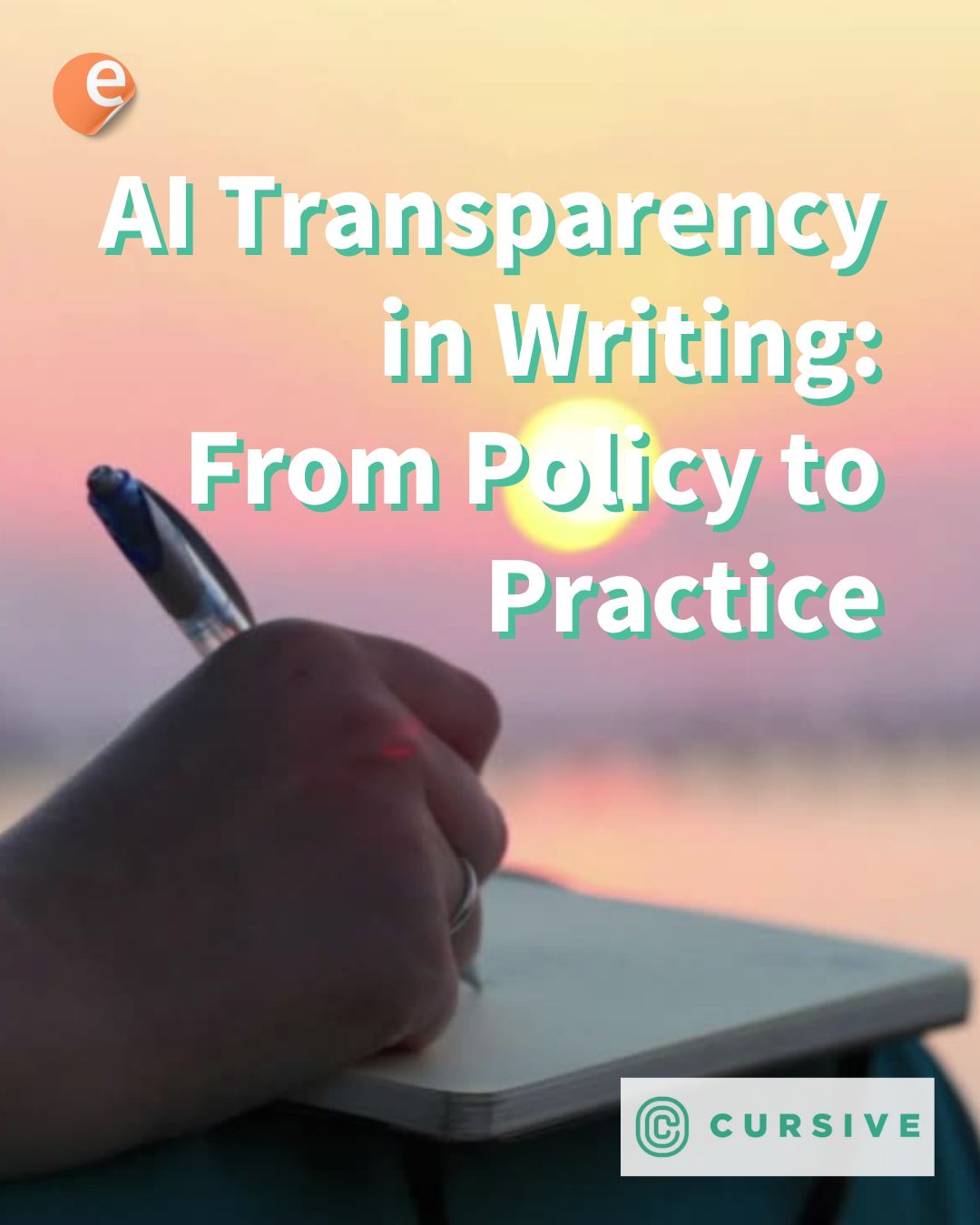For the old powers of education, including those in the now decades-old EdTech, a sobering aspect of learning today is the endless discovery of diversity:
People are just too varied!
Some want to learn all at once, others are more fond of a slow drip. Some want the most engaging experience possible and demand technology to deliver; others view learning as an opportunity for introspection, an almost meditative experience where technology should get out of the way as much as possible. Teams, which for some are quintessential, strike others as a design weakness; the reasonable sweet spot is somewhere in between, of course, but the middle ground will never be the same one to all. Some want to be demonstrably on top of what everyone else knows, while others’ only concern is their own personal journeys.
How did educators ever dealt with such complexities? Long history short, we didn’t.
Even when we think we did, our hearts just weren’t in the right place. For large swaths of learners, we haven’t even begun. But as learners increasingly join us, often from places of higher empowerment, dismissing individual choices is no longer a safe assumption.
Most efforts in inclusiveness feel doomed from they start. They are not
Not all deep-rooted institutions remain tied to their old beliefs, of course. Every now and then you will find a story about a college or school district who realized that, at least sometimes, compliance must take a back seat to personalization in today’s world. But experiences where students are put front and center, let alone be invited as co-creators of learning interventions, are still exceptional. (If not just outrageous.)
If not thoroughly understood, there is an indisputable link between Language, Power and Pedagogy (PDF). So the first thing a digital educator will find well to do is to review some definitions and learner distinctions, many of them from iffy origins. “Nontraditional.” “Adult.” “First generation.” Even the idea of “Distance Education” itself may be still with us only for technical reasons.
What message is your LMS sending?
Elements of this debate have taken place for long, and will continue to, mostly under the scopes of “personalized” and “student-centered learning.” It helps to view them not anymore as fringey or decadent, but as strategic imperatives in a learning organization’s quest to grab a piece of the new, digital-born pie.
As long-standing organizations struggle with bringing people in, entrepreneurs have the opportunity and tools to get out there, bringing solutions, learning and empowerment to people in their own worlds, in a language they understand, to create a future that compels them. Of course, the first step is always making sure students have all the prerequisite conditions and needs satisfied.
- Add gamification, with a flavor. When everyone offers points, coins and badges, what makes your experience more meaningful than the next one? Not surprisingly, language. Being able to easily redefine generic words into relevance is the key to some of the most popular Moodle™ plugins. As people better than us have argues, the “Moodle pathway” may be more important than the destination. The flexibility of the open LMS means you can focus on your vision first, and then fit the technology around it.
- Make it very easy and very challenging. Put another way: Make it as easy as possible for students to take on greater challenges. Moodle offers several tools and methods to embrace adaptive learning, in which activities automatically adjust to the skill level of the student and keep the momentum going.
- Students are executive leaders in a context of checks and balances. Encouraging students to follow their ideas autonomously is not only easier than ever. 2018 research suggest it is the key for successful blended learning designs. Which does not mean free reign. Teachers should establish obstacles that tackle cognitive as well as social areas to encourage students context-specific problem-solving skills, and to leverage available technology.
If there is one word to keep in mind, it would be agency. To wit, going back to Power, Language and Pedagogy: Instead of telling learners right from wrong from the start, the focus of learning should shift towards embracing points of view, discovery, and the construction of critical thinking skills. Language can open doors, and also set barriers. In our new world, technology is an essential part of the debate.■








One Response